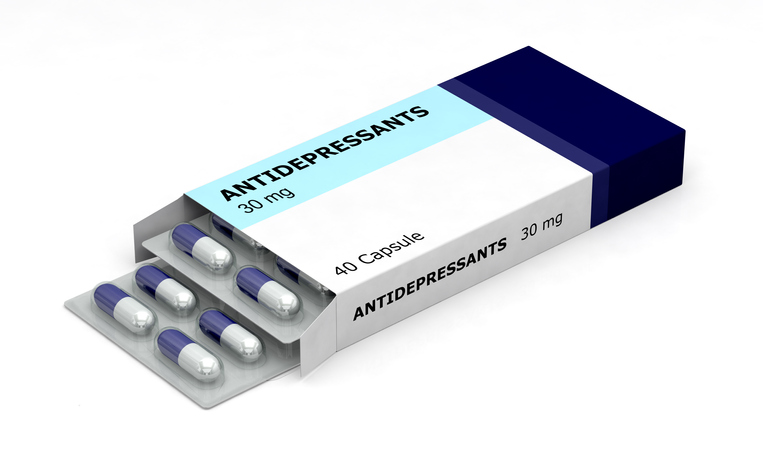Treatments
Who Is a Good Candidate for Pain Reprocessing Therapy?

What is pain reprocessing therapy?
Chronic pain can be caused by tissue damage or structural problems in the body. However, it can also occur after the body has healed due to changes that occur in the brain. When pain sensations are repetitive, neural pain networks in the brain become strengthened and sensitized. This leads to “learned” chronic pain. The brain processes pain as dangerous, which in turn, causes more pain.
The goal of pain reprocessing therapy (PRT) is to reduce or eliminate pain by training the brain to reprocess pain signals as safe. PRT aims to break the pain-fear-pain cycle. In order for PRT to be successful, a medical professional must first confirm that no injury or medical condition is causing the pain. If no physical cause is present, PRT may help reduce or eliminate pain sensations.
Health conditions that may benefit from pain reprocessing therapy (PRT)
PRT is fairly new and additional research is needed to determine its efficacy in treating certain chronic pain issues. It has been shown to be effective in alleviating chronic back pain that has no physical source. Research supports PRT as an effective treatment for other chronic conditions, which includes the following:
- Neck pain in adolescents
- Spinal pain
- Migraine
- Lower back pain
- Fibromyalgia
- Fear of movement and pain sensitivity. For example, fear of moving a joint following a joint replacement surgery.
- Osteoarthritis
Neuroplastic or nociplastic pain has no clear cause, but is a response to a sensitized central nervous system and abnormal pain signal processing. They may be linked to feelings of fear and being unsafe. Individuals who experience neuroplastic or nociplastic pain may potentially benefit from PRT.
Indicators that pain is neuroplastic include, but are not limited to, the following:
- Pain developing without injury
- Pain arising from stress
- Pain that is inconsistent
- Pain that spreads or moves
- History of a variety of pain symptoms
- Childhood trauma or tragedy
- Tendencies toward anxiety, perfectionism, or heightened levels of awareness



















